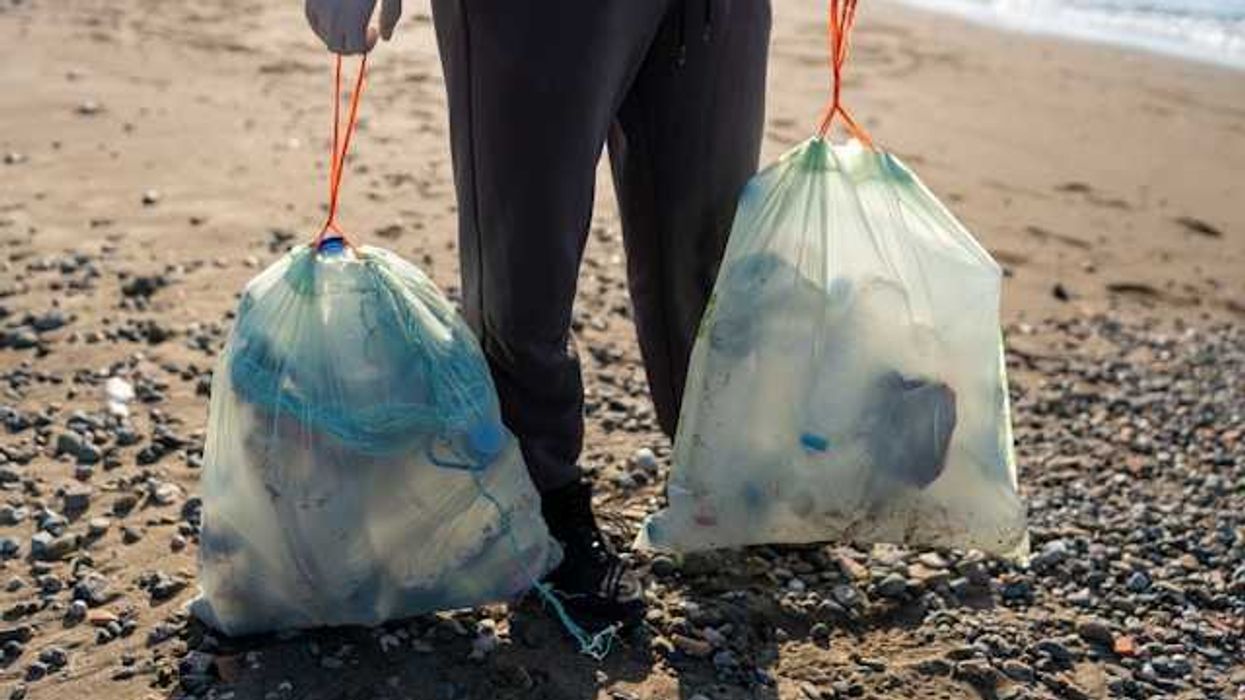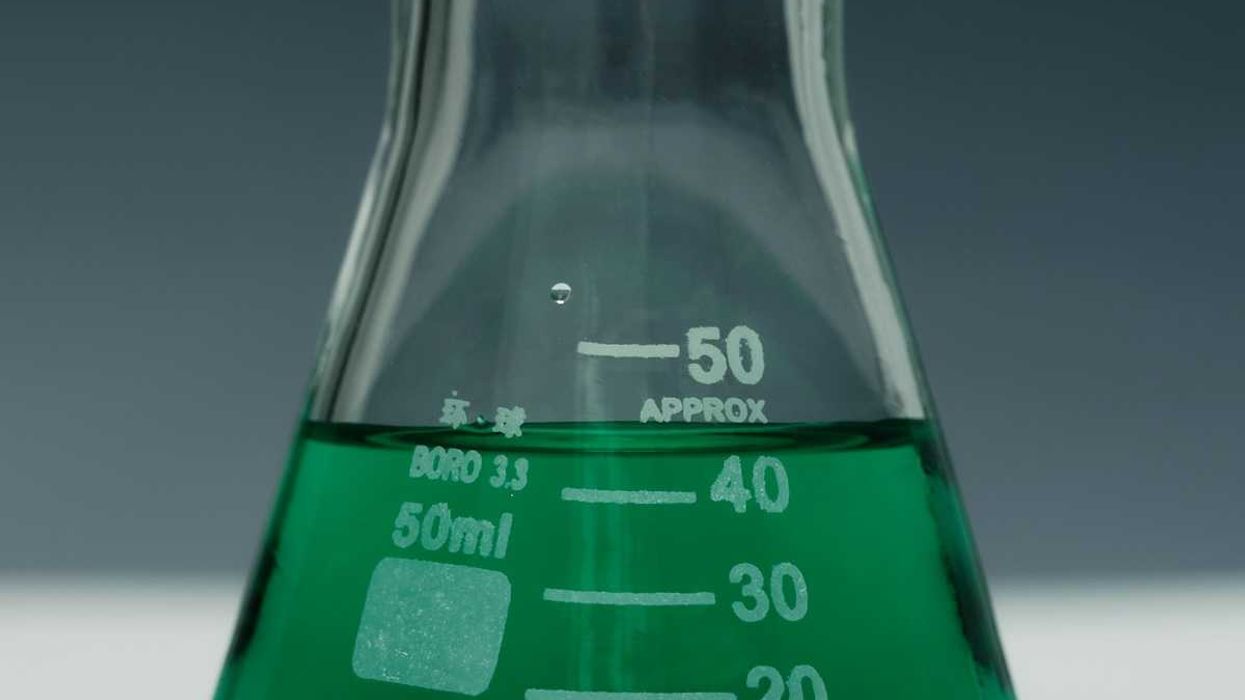Research published in the American Journal of Epidemiology is the first to investigate prenatal exposure to pesticides and menstrual health during adolescence.
In short:
- The study of predominantly Latina adolescents of farmworker families in California found that prenatal exposure to the insecticide methomyl was linked to heavy bleeding during adolescence.
- While most of the other investigated pesticides were not associated with health effects, there were some findings that almost reached statistical significance.
- The study also suggests that pesticide exposure later in life may contribute to cycle irregularities.
Key quote:
“Our results are limited by a small sample size but show the importance of further research into how endocrine disrupting pesticides affect adolescent menstrual cycle characteristics.”
Why this matters:
Prior research has found that women who used endocrine disrupting pesticides had irregular menstruation, but until this study, no research has focused on teenagers. Here, the authors identified several pesticide exposures that may influence adolescent menstrual characteristics, which are supported by animal studies. Adolescents’ menstrual cycle characteristics can be a “vital sign” of overall health, an indicator of underlying reproductive health problems, and have long term consequences on physical and mental health.
Related EHN coverage:
- Girls’ periods are starting earlier now than in the past, study confirms
- Scented period products bring worrisome toxic exposures. Who’s most at risk?
More resources
American Scientist: How Endocrine Disruptors Affect Menstruation (2021)
U.S. Right to Know: Governments urged to shield women and girls from harmful chemicals (2024)
Paul, Jillian et al for American Journal of Epidemiology, Mar. 17, 2025
















